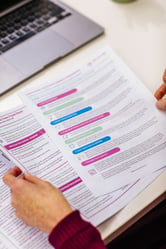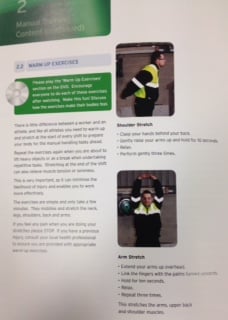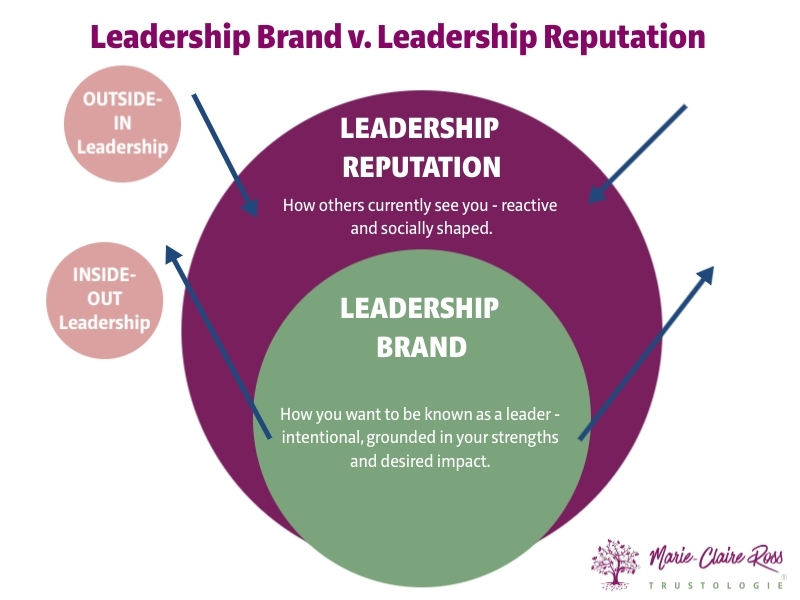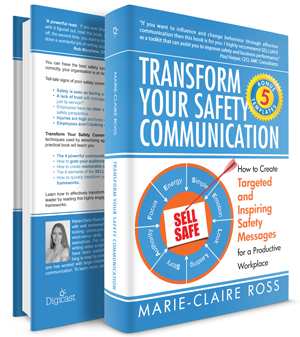6 Essential Executive Skills That Will Make You Unstoppable in 2026
The workplace is evolving at a pace few previous generations have seen and 2026 will mark a turning point. The Future of Work is blended, not hybrid....
Develop leaders, strengthen executive teams and gain deep insights with assessments designed to accelerate trust and performance.

Transform how your leaders think and perform with keynotes that spark connection, trust and high-performance cultures.

Explore practical tools, thought-leadership and resources to help you build trusted, high-performing teams.

Trustologie® is a leadership development consultancy founded by Marie-Claire Ross, specialising in helping executives and managers build high-trust, high-performing teams.

1 min read
Marie-Claire Ross : Updated on November 25, 2015

 Copy writers know how to write advertising so that people will read their content.
Copy writers know how to write advertising so that people will read their content.
They understand that most people are time-poor. Rather than read an ad or a document from top to bottom, people will quickly scan a document to see if there if is anything worth reading.
The headline, image and first sentence will draw them in.
As a safety professional, it's important that you write content that not only draws people in, but encourages them to continue to read more.
This is the only way to make your written communication stand out and be read.
Here are seven important techniques to include in your safety writing to hold interest and ensure an easy to scan page.
To be an effective safety professional, it's important to learn how to write safety communication in a way that encourages people to want to keep reading.
Ensuring that your safety communication looks approachable and interesting, will attract more readers and ensure they learn important safety information.

The workplace is evolving at a pace few previous generations have seen and 2026 will mark a turning point. The Future of Work is blended, not hybrid....

Many leaders jump into a leadership position excited by the opportunity to help others and perform at a higher level.

What makes a good team leader isn’t just about having authority or getting tasks done - it’s about the ability to create an environment where people...
Safety communication is often left to safety professionals to write and publish.

Marie-Claire Ross, author of the highly acclaimed book, Transform Your Safety Communication, is helping safety leaders and safety professionals...

When it comes to writing or talking about safety, safety leaders often assume that they know what techniques to use to influence and engage others...